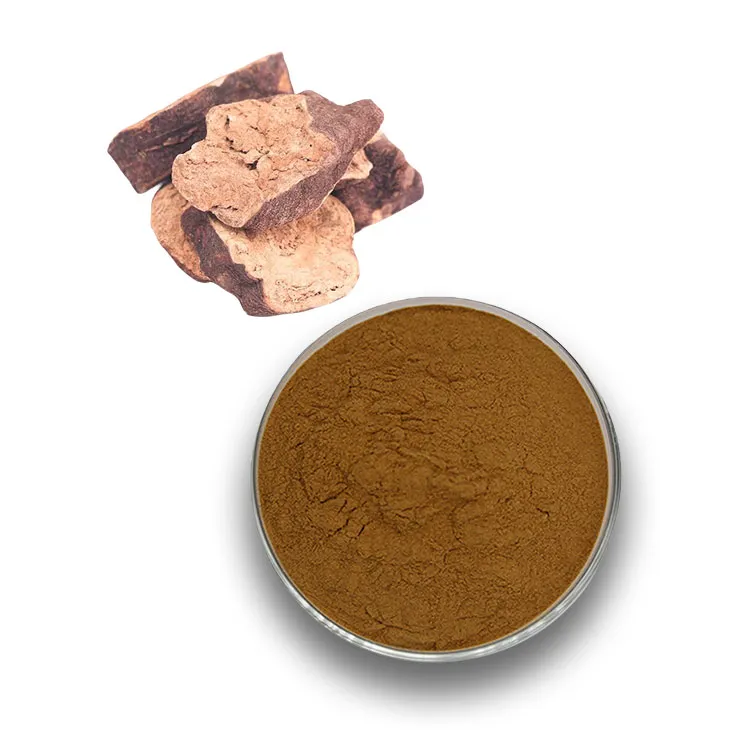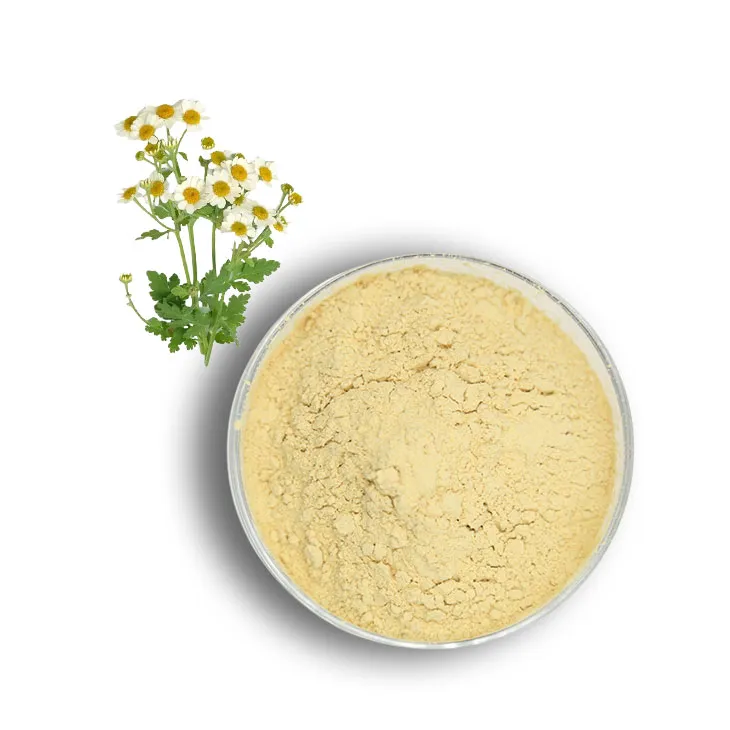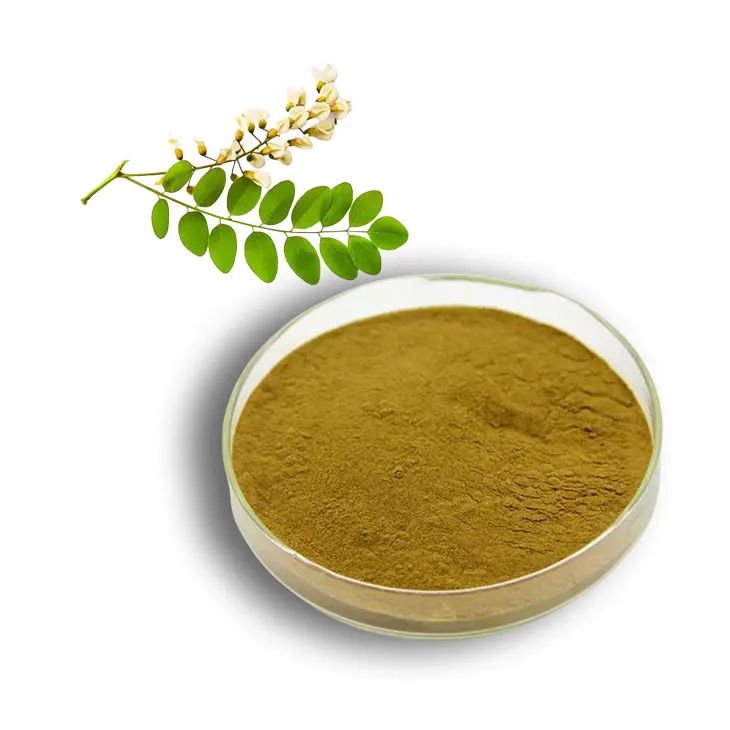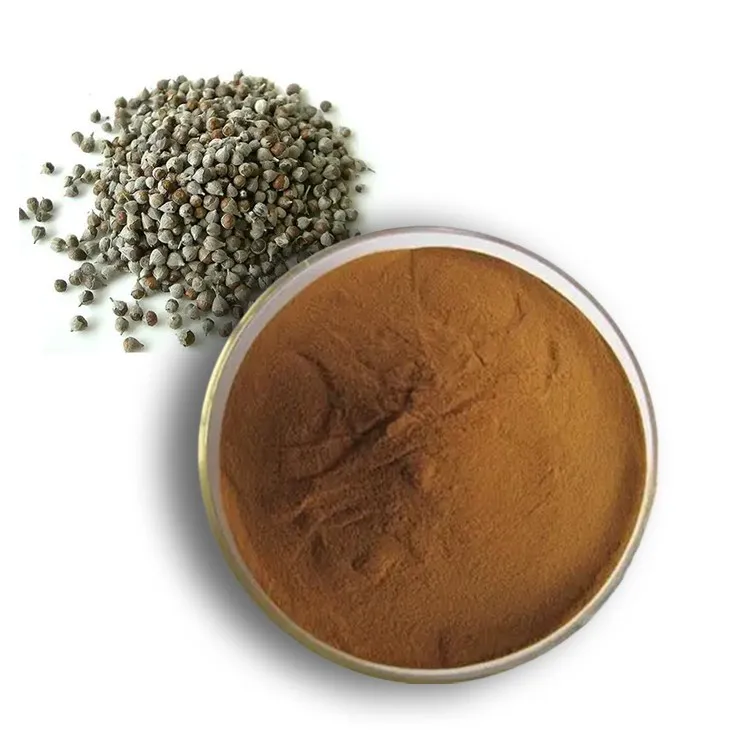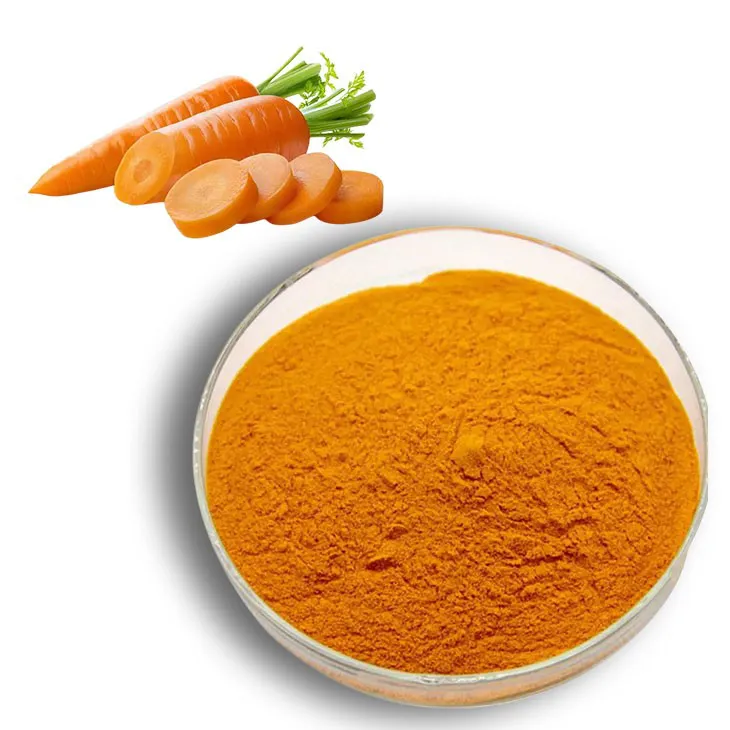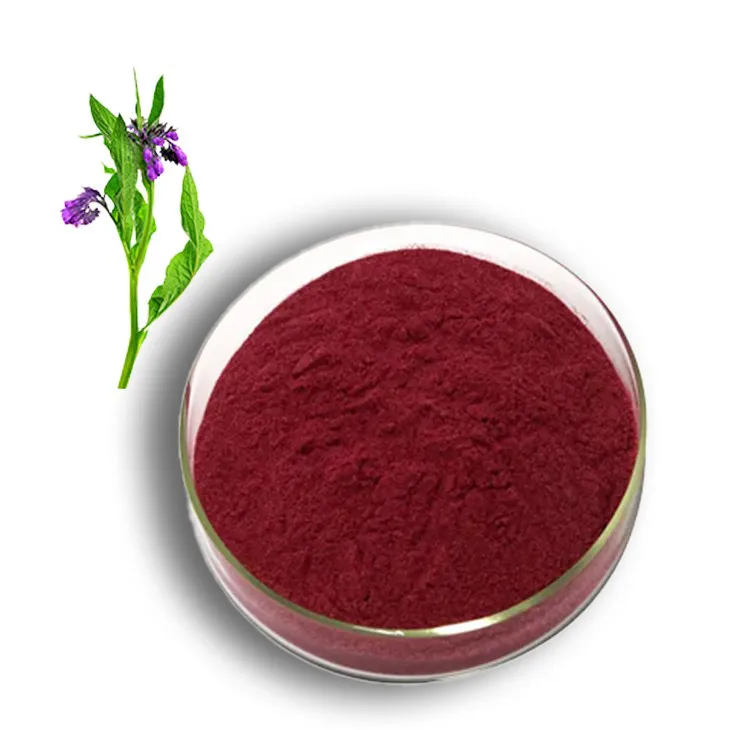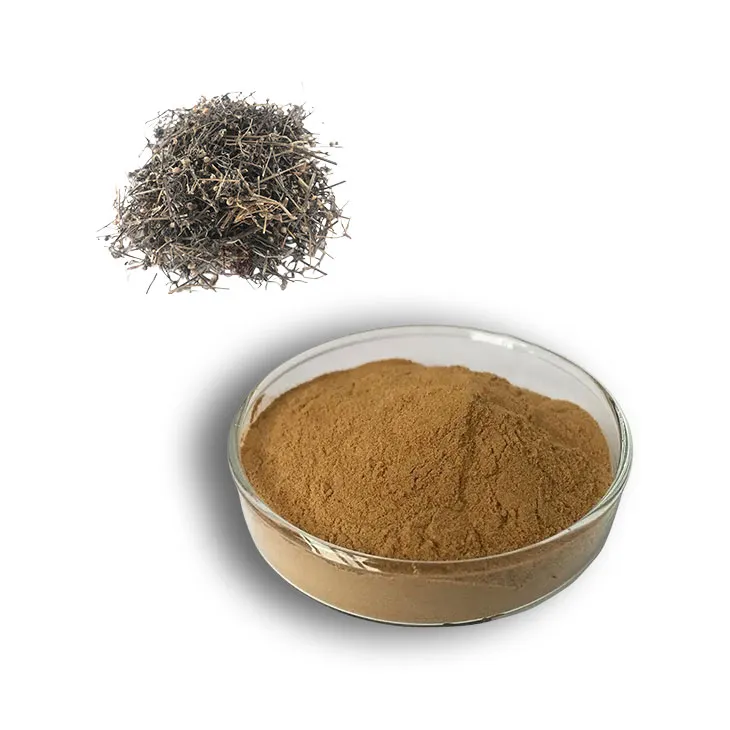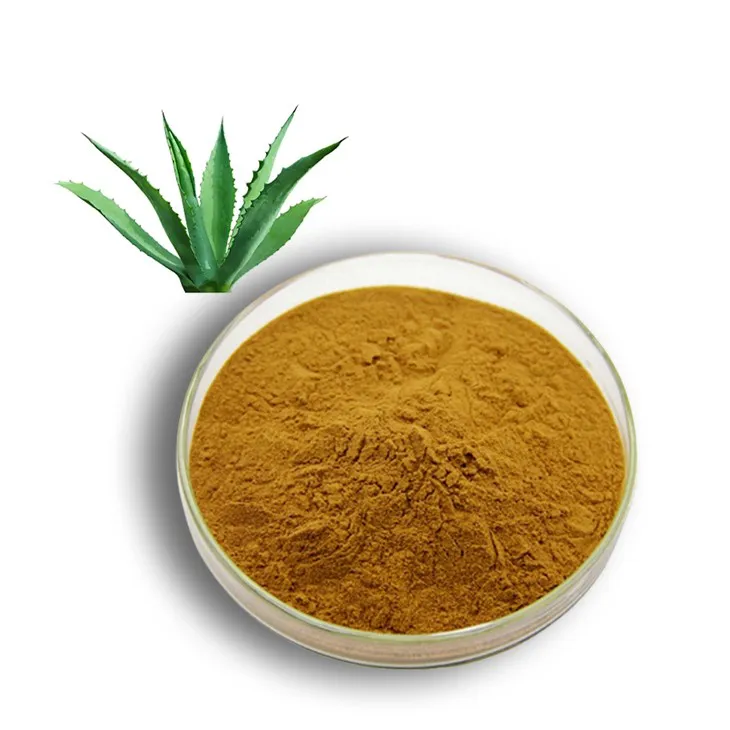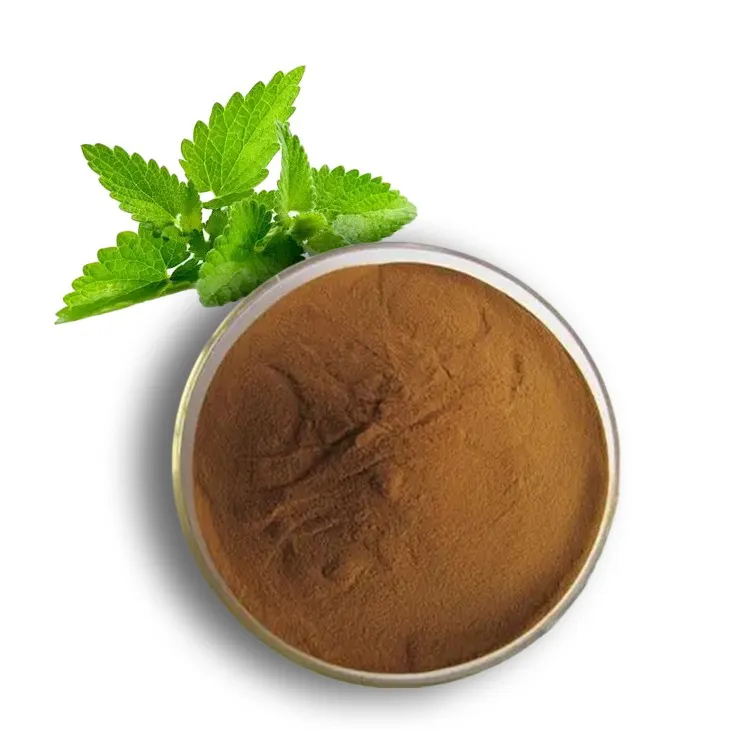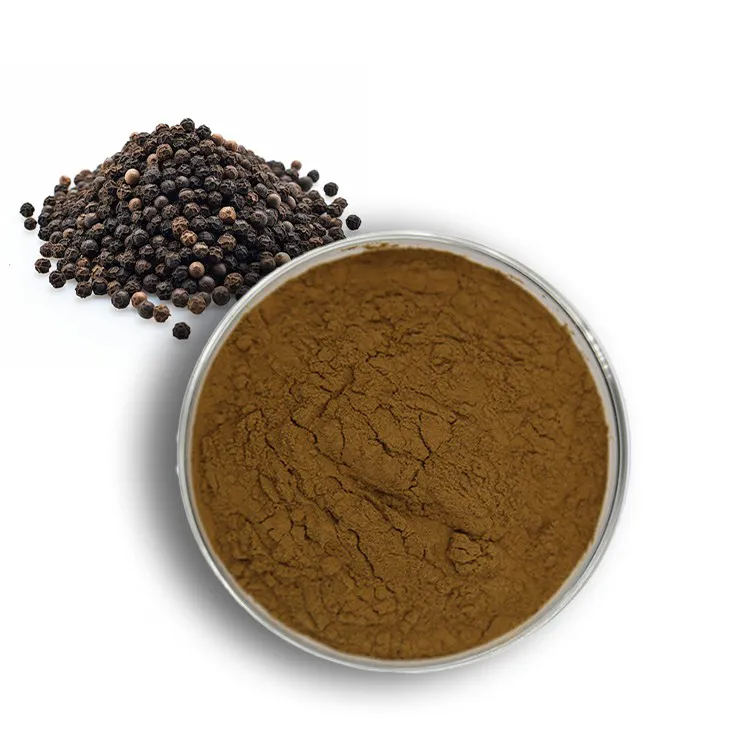- 0086-571-85302990
- sales@greenskybio.com
is lycopene polar or nonpolar
2023-09-27
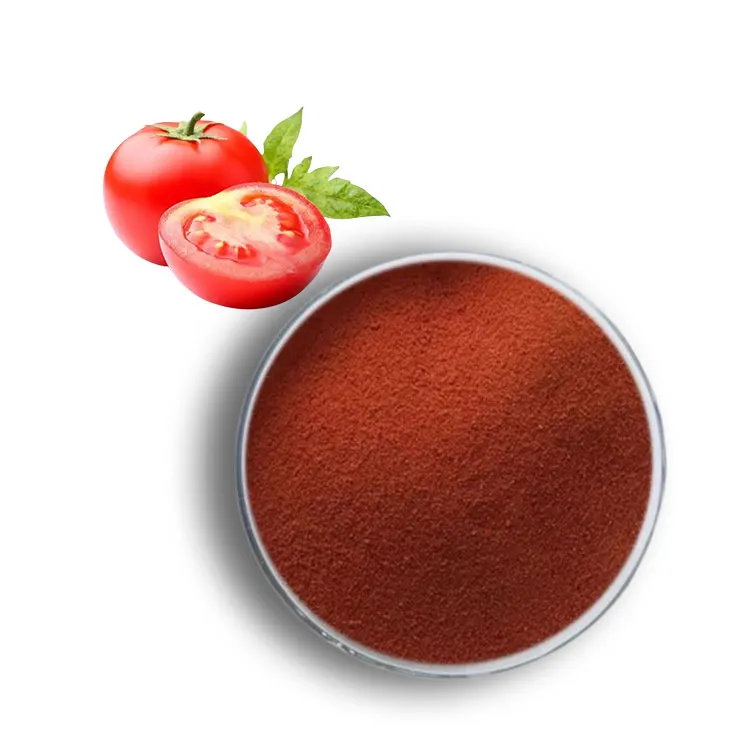
1. Chemical Structure of Lycopene
1. Chemical Structure of Lycopene
Lycopene, a naturally occurring carotenoid, is known for its vibrant red color and powerful antioxidant properties. Its chemical structure is the foundation of understanding its polarity and other characteristics. Lycopene is composed of a long chain of carbon and hydrogen atoms, with a total of 40 carbon atoms and 56 hydrogen atoms. This chain forms a series of alternating single and double bonds, creating a highly conjugated system.
The molecular formula of lycopene is C40H56. The structure is characterized by its polyene chain, which consists of 11 conjugated double bonds. This conjugation extends across the entire molecule, giving lycopene its characteristic red color and contributing to its antioxidant activity. The presence of these double bonds also influences the molecule's polarity.
Lycopene is an acyclic compound, meaning it does not have a ring structure. Instead, it has a linear structure with the carbon atoms connected in a straight chain. Each carbon atom is sp2 hybridized, which means that the electrons are distributed in a trigonal planar geometry around the carbon. This arrangement allows for the delocalization of electrons across the molecule, which is a key factor in determining its polarity.
In summary, the chemical structure of lycopene is a long, linear chain of carbon and hydrogen atoms with alternating single and double bonds. The presence of the conjugated double bonds and the sp2 hybridization of the carbon atoms play significant roles in the molecule's polarity and other properties. Understanding this structure is essential for exploring lycopene's solubility, applications, and health benefits.
2. Properties of Lycopene
2. Properties of Lycopene
Lycopene is a naturally occurring carotenoid pigment found predominantly in red fruits and vegetables, such as tomatoes, watermelons, and red carrots. It is an organic compound with a unique structure that gives it its characteristic red color. Here are some key properties of lycopene:
1. Chemical Formula: Lycopene's chemical formula is C40H56. It is composed of 40 carbon atoms and 56 hydrogen atoms, arranged in a long chain with multiple conjugated double bonds.
2. Molecular Structure: The molecular structure of lycopene is characterized by its linear, unsaturated hydrocarbon chain with 11 conjugated double bonds. This extensive conjugation contributes to its strong antioxidant properties.
3. Acid/Base Properties: Lycopene is a neutral molecule and does not act as an acid or a base. It does not donate or accept protons (H+ ions) in chemical reactions.
4. Melting Point: Lycopene has a relatively high melting point of around 176-178°C (349-352°F). This indicates that it is a stable compound at room temperature.
5. Boiling Point: The boiling point of lycopene is not well-defined because it decomposes before reaching its boiling point due to its thermal instability.
6. Solubility: Lycopene is insoluble in water due to its nonpolar nature. However, it is soluble in organic solvents such as hexane, acetone, and dichloromethane.
7. Stability: Lycopene is sensitive to light, heat, and oxygen, which can lead to its degradation. It is more stable in an acidic environment and when protected from light.
8. Absorption Spectrum: Lycopene has a characteristic absorption spectrum with a maximum absorption wavelength in the visible light region, which is responsible for its red color.
9. Antioxidant Activity: Due to its structure with multiple conjugated double bonds, lycopene exhibits strong antioxidant activity, which can help neutralize free radicals and protect cells from oxidative damage.
10. Bioavailability: The bioavailability of lycopene can be enhanced by processing methods such as cooking, which breaks down cell walls and makes it more accessible for absorption in the gastrointestinal tract.
Understanding these properties of lycopene is crucial for its application in various fields, including food processing, pharmaceuticals, and cosmetics, as well as for its potential health benefits.
3. Polar and Nonpolar Molecules
3. Polar and Nonpolar Molecules
Understanding the polarity of molecules is essential in chemistry, as it influences how substances interact with each other and their solubility in various solvents. Polarity arises from the distribution of electron density across a molecule. A molecule is considered polar if there is an uneven distribution of electron density, leading to the formation of partial positive and negative charges. Conversely, a molecule is nonpolar if the electron density is evenly distributed, resulting in no partial charges.
3.1 Definition of Polar Molecules
Polar molecules are those where the centers of positive and negative charge do not coincide. This typically occurs when there is a significant difference in electronegativity between the atoms that make up the molecule. The most common example of a polar molecule is water (H2O), where the oxygen atom is more electronegative than the hydrogen atoms, creating a polar covalent bond with a distinct dipole moment.
3.2 Definition of Nonpolar Molecules
Nonpolar molecules, on the other hand, have their centers of positive and negative charge coinciding. This can happen in two main ways: either through the symmetrical distribution of polar bonds, as seen in carbon dioxide (CO2), or through the formation of nonpolar covalent bonds between atoms of similar electronegativity, such as in methane (CH4).
3.3 Factors Influencing Polarity
Several factors contribute to the polarity of a molecule:
1. Electronegativity: The difference in electronegativity between bonded atoms plays a crucial role in determining polarity. The greater the difference, the more polar the molecule.
2. Molecular Geometry: The shape of a molecule and the arrangement of its atoms can affect polarity. Symmetrical molecules with polar bonds can still be nonpolar due to the cancellation of dipole moments.
3. Bond Type: The type of bond (polar covalent, nonpolar covalent, or ionic) also influences polarity.
3.4 Importance of Polarity in Chemistry
Polarity is important in various chemical processes, including:
- Solubility: Polar molecules tend to be soluble in polar solvents like water, while nonpolar molecules are soluble in nonpolar solvents such as hexane.
- Reactions: Polarity can influence the types of chemical reactions that a molecule can undergo.
- Interactions: Polarity affects how molecules interact with each other, including hydrogen bonding, dipole-dipole interactions, and London dispersion forces.
Understanding whether a molecule like lycopene is polar or nonpolar is vital for predicting its behavior in different environments and for its potential applications in various fields.
4. Determining the Polarity of Lycopene
4. Determining the Polarity of Lycopene
When assessing the polarity of a molecule like lycopene, it's essential to consider its molecular structure and the distribution of electron density across the molecule. Polarity in a molecule arises from an uneven distribution of electron density, leading to the formation of partial positive and negative charges. This occurs when there is a significant difference in electronegativity between the atoms that make up the molecule.
Lycopene is a hydrocarbon, specifically a carotenoid, which means it is composed of long chains of carbon and hydrogen atoms. The molecular structure of lycopene consists of a series of conjugated double bonds, which are alternate single and double bonds along the carbon chain. This conjugation extends across the entire molecule, creating a large system of delocalized electrons.
The electron distribution in lycopene is relatively uniform due to the conjugated system. While individual carbon-hydrogen bonds within the molecule may have some polarity, the overall effect of the conjugated system tends to cancel out these small polarities, leading to a molecule that is less polar overall.
To determine the polarity of lycopene, one can consider the following factors:
- Symmetry of the molecule: Lycopene has a symmetrical structure, which helps to distribute any potential polarities evenly, reducing the overall polarity.
- Presence of functional groups: Lycopene lacks polar functional groups, such as hydroxyl (-OH) or carboxyl (-COOH) groups, which are commonly found in polar molecules.
- Electronegativity: The electronegativity of carbon and hydrogen is similar, which means that the electron density in the carbon-hydrogen bonds is relatively even.
Given these considerations, lycopene is generally classified as a nonpolar molecule. This nonpolar nature has implications for its solubility, as nonpolar molecules tend to dissolve better in nonpolar solvents, such as oils and lipids, rather than in polar solvents like water.
Understanding the polarity of lycopene is crucial for its applications in various fields, including pharmaceuticals, cosmetics, and as a dietary supplement. It also plays a role in the health benefits associated with lycopene, as its ability to dissolve in lipids can affect its bioavailability and absorption in the human body.
5. Lycopene's Solubility in Different Solvents
5. Lycopene's Solubility in Different Solvents
Lycopene, a naturally occurring carotenoid found predominantly in tomatoes and other red fruits and vegetables, has unique solubility properties due to its chemical structure. Understanding these properties is crucial for its extraction, formulation, and application in various industries, including food, pharmaceutical, and cosmetic sectors.
Solubility in Polar Solvents
Lycopene is a lipophilic compound, meaning it has a higher affinity for nonpolar solvents. However, its solubility in polar solvents is relatively low. Water, for instance, is a polar solvent, and lycopene is practically insoluble in it. This is a significant factor when considering the bioavailability of lycopene from dietary sources, as the presence of fats can enhance its absorption.
Solubility in Nonpolar Solvents
In contrast to its low solubility in polar solvents, lycopene exhibits good solubility in nonpolar solvents such as organic oils and lipids. This is due to the nonpolar nature of its long hydrocarbon chain and the conjugated double bonds in its structure. Common nonpolar solvents that can dissolve lycopene include hexane, ethyl acetate, and dichloromethane.
Enhanced Solubility with Surfactants
To improve the solubility of lycopene in formulations, surfactants can be used. Surfactants are compounds that can reduce the surface tension between two liquids, allowing for better dispersion and solubility. For example, the use of Tween 80, a nonionic surfactant, can significantly increase the solubility of lycopene in aqueous solutions.
Solubility in Mixed Solvent Systems
Lycopene's solubility can also be enhanced by using mixed solvent systems that combine both polar and nonpolar components. These systems can create a microenvironment that facilitates the dissolution of lycopene, making it more accessible for various applications.
Solubility and Temperature
Temperature plays a role in the solubility of lycopene. As with many substances, an increase in temperature generally leads to an increase in solubility. This can be particularly useful in industrial processes where lycopene is extracted from its natural sources.
Conclusion on Solubility
In summary, lycopene's solubility is influenced by the nature of the solvent and the environmental conditions. Its low solubility in polar solvents and higher solubility in nonpolar solvents are indicative of its lipophilic nature. The use of surfactants and mixed solvent systems can help improve its solubility for specific applications. Understanding these solubility properties is essential for the effective utilization of lycopene in various industries.
6. Applications of Lycopene
6. Applications of Lycopene
Lycopene, a potent antioxidant and carotenoid, has a wide range of applications across various industries due to its unique properties and health benefits. Here are some of the key applications of lycopene:
1. Food and Beverage Industry: Lycopene is used as a natural colorant in the food and beverage industry to provide a vibrant red color to products like tomato sauces, soups, and beverages. Its ability to enhance the visual appeal of food products makes it a popular choice among manufacturers.
2. Supplements and Nutraceuticals: Given its antioxidant properties and health benefits, lycopene is commonly found in dietary supplements and nutraceutical products. These supplements are marketed to support heart health, improve skin health, and provide other general health benefits.
3. Cosmetics and Skincare: Lycopene's antioxidant and anti-inflammatory properties make it a valuable ingredient in cosmetics and skincare products. It is used in creams, lotions, and serums to help protect the skin from environmental damage and promote a youthful appearance.
4. Pharmaceutical Industry: Due to its potential role in reducing the risk of certain cancers and cardiovascular diseases, lycopene is being studied for its use in pharmaceutical applications. It may be incorporated into drugs or used as an adjunct therapy to support overall health.
5. Agriculture: In agriculture, lycopene can be used to enhance the nutritional value of crops. Genetic modification techniques can be employed to increase the lycopene content in fruits and vegetables, providing consumers with a more nutrient-dense product.
6. Animal Feed: Lycopene is also used in animal feed to improve the health and productivity of livestock. It can be added to feed to enhance the color of meat and eggs, as well as to provide health benefits to the animals themselves.
7. Sports Nutrition: Athletes and those involved in sports nutrition often seek out supplements that can improve performance and recovery. Lycopene, with its antioxidant properties, can be a beneficial addition to sports nutrition products.
8. Functional Foods: Functional foods are designed to provide health benefits beyond basic nutrition. Lycopene can be incorporated into these products to enhance their health-promoting properties.
9. Research: Lycopene is also used in scientific research to study its effects on various health conditions and to understand its mechanisms of action.
10. Environmental Applications: Due to its antioxidant properties, lycopene can be used in environmental applications to protect against oxidative stress in ecosystems.
The versatility of lycopene and its numerous health benefits make it a valuable compound in various industries. As research continues to uncover more about its potential uses and benefits, the applications of lycopene are likely to expand further.
7. Health Benefits of Lycopene
7. Health Benefits of Lycopene
Lycopene is a powerful antioxidant and has been linked to a variety of health benefits. Some of the key health benefits of lycopene include:
1. Heart Health: Lycopene has been shown to reduce the risk of heart disease by lowering bad cholesterol levels and reducing inflammation.
2. Cancer Prevention: Studies have suggested that lycopene may help prevent certain types of cancer, including prostate, lung, and stomach cancer, due to its antioxidant properties.
3. Skin Protection: Lycopene's antioxidant properties can help protect the skin from harmful UV rays and reduce the risk of skin damage and skin cancer.
4. Vision Protection: Lycopene is found in high concentrations in the macula of the eye, and it may help protect against age-related macular degeneration.
5. Bone Health: Some research suggests that lycopene can help maintain bone health and reduce the risk of osteoporosis.
6. Anti-Inflammatory: Lycopene has anti-inflammatory properties, which can help reduce inflammation in the body and may help with conditions like arthritis.
7. Immune System Support: Lycopene can help boost the immune system, helping the body fight off infections and diseases.
8. Improving Fertility: Some studies have shown that lycopene may improve sperm quality and fertility in men.
9. Neurological Health: Lycopeene may have neuroprotective properties, potentially reducing the risk of neurodegenerative diseases like Alzheimer's and Parkinson's.
10. Diabetes Management: Lycopene has been linked to improved insulin sensitivity, which can help in managing diabetes.
It's important to note that while lycopene has many potential health benefits, more research is needed to fully understand its effects on human health. Incorporating lycopene-rich foods into your diet, such as tomatoes, watermelon, and red grapefruit, can be a natural way to increase your lycopene intake.
8. Conclusion
8. Conclusion
In conclusion, lycopene is a complex molecule with a unique chemical structure that contributes to its properties and applications. As a carotenoid, it is composed of a long chain of conjugated double bonds, which gives it its characteristic red color and antioxidant properties. Lycopene is considered to be nonpolar due to its linear structure and the presence of nonpolar hydrocarbon chains.
Understanding the polarity of lycopene is important for determining its solubility in different solvents, which in turn affects its applications and bioavailability. Nonpolar solvents, such as oils and fats, are better at dissolving lycopene, while polar solvents like water are less effective.
Lycopene has a wide range of applications, from food coloring to health supplements, due to its vibrant color and potential health benefits. It is commonly found in tomato-based products and has been linked to a reduced risk of certain cancers and cardiovascular diseases. Additionally, its antioxidant properties can help protect cells from damage caused by free radicals.
While more research is needed to fully understand the mechanisms behind lycopene's health benefits, its nonpolar nature and unique chemical structure make it an interesting and valuable compound for both scientific study and practical applications. As our understanding of lycopene continues to grow, so too will its potential uses and benefits for human health and well-being.
- ▶ Hesperidin
- ▶ Citrus Bioflavonoids
- ▶ Plant Extract
- ▶ lycopene
- ▶ Diosmin
- ▶ Grape seed extract
- ▶ Sea buckthorn Juice Powder
- ▶ Fruit Juice Powder
- ▶ Hops Extract
- ▶ Artichoke Extract
- ▶ Mushroom extract
- ▶ Astaxanthin
- ▶ Green Tea Extract
- ▶ Curcumin
- ▶ Horse Chestnut Extract
- ▶ Other Product
- ▶ Boswellia Serrata Extract
- ▶ Resveratrol
- ▶ Marigold Extract
- ▶ Grape Leaf Extract
- ▶ New Product
- ▶ Aminolevulinic acid
- ▶ Cranberry Extract
- ▶ Red Yeast Rice
- ▶ Red Wine Extract
-
Polygonum multiflorum extract
2023-09-27
-
Feverfew Extract
2023-09-27
-
Sophora Japonica Flower Extract
2023-09-27
-
Chaste Berry Extract
2023-09-27
-
Beta Carotene
2023-09-27
-
Shikone Extract
2023-09-27
-
Hedyotis Diffusa Extract
2023-09-27
-
Aguaje Extract
2023-09-27
-
Peppermint Extract Powder
2023-09-27
-
Black Pepper Extract
2023-09-27











